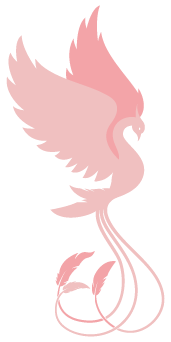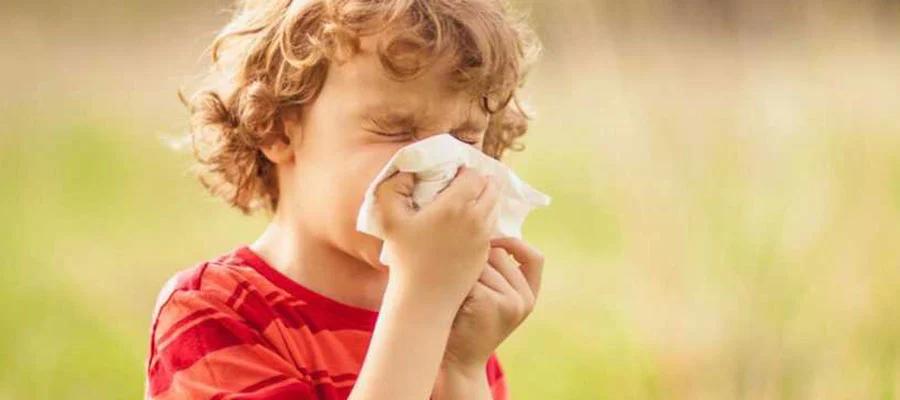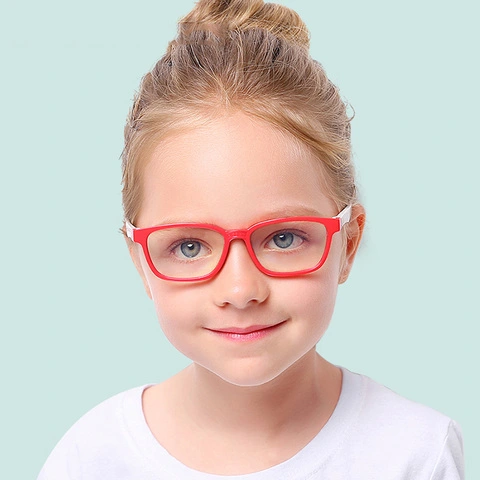Children’s eyes are sensitive and may develop allergic reactions to substances such as pollen, dust, and pet dander. Allergic eye diseases can cause symptoms like itching, watering, redness, and swelling in the eyes. These conditions can be seasonal or persist throughout the year due to ongoing allergies. In this article, we will explore the causes, symptoms, and most effective treatment methods for allergic eye diseases in children.
What Are Allergic Eye Diseases in Children?
Allergic eye diseases occur when a child’s immune system overreacts to foreign substances (allergens) that come into contact with the eyes. The most common triggers include pollen, dust mites, pet dander, and chemical irritants. If your child frequently rubs their eyes, experiences watering, or redness, they may be suffering from an allergic reaction.
Symptoms of Allergic Eye Diseases in Children
Allergic eye diseases in children typically present with the following symptoms:
- Itchy and burning sensation in the eyes
- Watery or teary eyes
- Redness and irritation in the eyes
- Sensitivity to light (children may be more sensitive to sunlight or bright lights)
- Swollen eyelids
- Frequent eye rubbing
These symptoms may also be accompanied by sneezing, runny nose, and throat irritation, which are common in allergic conditions.
Causes of Allergic Eye Diseases
Several factors can trigger allergic reactions in children:
Pollen: The most common trigger, especially in spring and summer.
Dust mites: Found in carpets, pillows, and plush toys.
Pet dander: Shed hair and dander from household pets can cause allergies.
Chemical irritants: Perfumes, detergents, and cleaning products can irritate the eyes.
How Are Allergic Eye Diseases Diagnosed?
An eye doctor can examine your child’s eyes to determine if they have an allergic reaction. Allergy tests and tear analysis may also help confirm the diagnosis.
Treatment for Allergic Eye Diseases in Children
Treatment for allergic eye diseases includes preventive measures and medications to relieve symptoms.
- Avoiding Allergens
Wash your child’s eyes after outdoor activities during pollen season.
Keep dust levels low by cleaning their room frequently and using air purifiers.
Prevent pets from entering the child’s bedroom if they have a pet allergy.
- Applying Cold Compresses
Placing a cold compress wrapped in a clean cloth over the eyes can help reduce itching and swelling.
- Using Antihistamines and Eye Drops
Antihistamine eye drops prescribed by a doctor can relieve itching and redness.
In severe cases, corticosteroid eye drops may be recommended but should only be used under medical supervision.
- Artificial Tear Drops
Lubricating eye drops help moisturize the eyes and reduce irritation.
Allergic eye diseases are common in children, but they can be effectively managed with proper treatment and prevention strategies. As parents, avoiding allergens and using doctor-prescribed eye drops are the best ways to protect your child’s eye health. If you notice persistent eye itching, redness, or watering, consult an eye doctor for an early diagnosis and treatment plan to prevent further complications.









